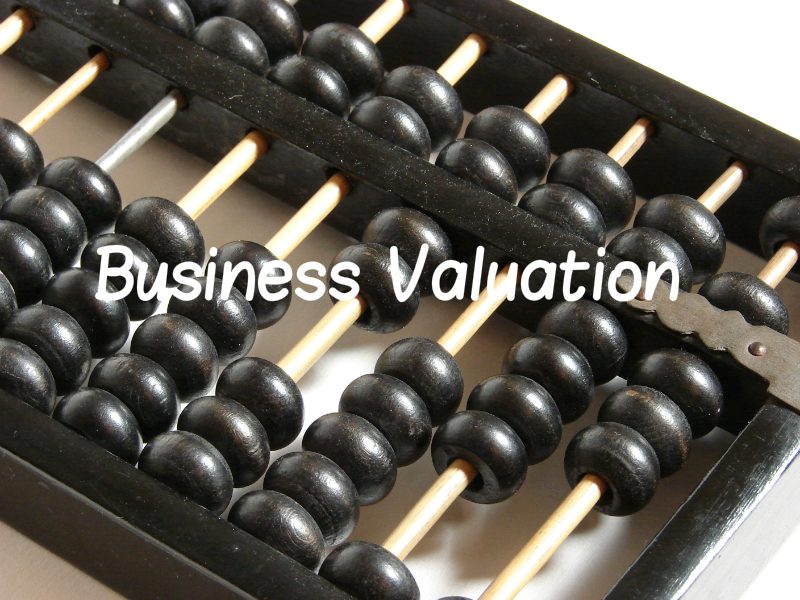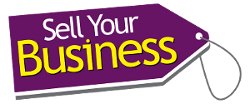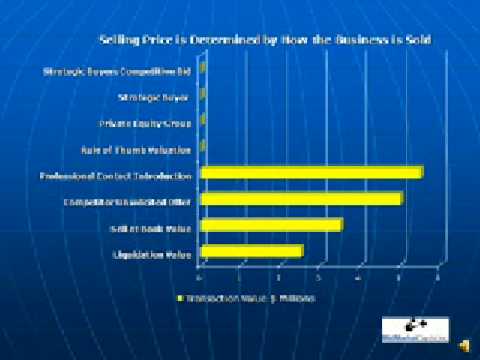
Value a business by Calculating your Walkaway Price
I’ve found that the majority of business exit articles focus on how to value a business by using accountancy methods to work out how much your business is worth. I’ve written about those with our ‘quick and dirty’ Discounted Cash Flow (DCF) and multiples articles too. But what isn’t discussed at all, or at least when I was going through my business exit, is what is the rock bottom price tag that you would accept for your business and how you would go about working out what yours is. Do you already have that figure in mind? I call it your ‘walkway price’.
It’s your walkway price because during your business sale negotiations if the figure hovers around a number that is lower than your walkway price guess what you’ll do. That’s right, you’ll glance down at your walkaway price crib sheet for one last check, get up from that negotiation table and walk away in the full knowledge that you know that your business is intrinsically worth more than what’s been offered.
As I discovered, it’s really worth calculating your walkaway price because it will help you understand the reasons why you want to sell the business, sanity check that your desired sale price is realistic and most importantly it provides an invaluable reference point when you’re experiencing the ups and downs of selling.
The earlier you can take the time out to work out your walkway price the better because you won’t have time during the sale process and logical, reasoned statements may not be that easy to come by because you’re caught up in the process. It’s one of those things that until you’re in it for real, you can’t picture it. Calculating my walkaway price was the best thing that I ever did with my business partner before the business sale process began. I only wish that I looked back at our crib sheet more often during our sale process. It would have saved us going down a few dead ends.
Now there are countless ways of getting to that figure. You can use the DCF and multiples formulae to help you or work back from a figure that you have in mind and see if all the costs and what you want to do with the money ties in with that figure. I really believe that all business owners should have their walkaway price ready to hand so I created a pack called ‘Calculate your Walkaway Price‘ to help other business owners get there too which can be purchased from our online store.
If your sale process takes a long time like mine did (nearly two years), then you need to make sure that you re-evaluate your walkaway price at least annually. This way, you can realise any new value that you’ve created in the business as you’ll find that getting your house in order makes it more valuable. Which, in turn should increase your price tag.
One final thing, my advice would be to keep this information private, even from your professional advisors. The walkaway price should be considered as a last resort measure only to be undertaken if the price tag doesn’t meet your calculated expectations.
Joanna Miller helps business owners navigate their way through the start to finish process of selling a business. Her specialty is helping owners understand how to prepare and make the most of their business sale process to maximise their company’s value. To understand how you can sell your business quickly for the highest sales price, purchase her book, “How To Sell A Business: The #1 guide to maximising your company value and achieving a quick business sale”.





 5 Tips You Must Know Before Selling Your Business!
5 Tips You Must Know Before Selling Your Business!